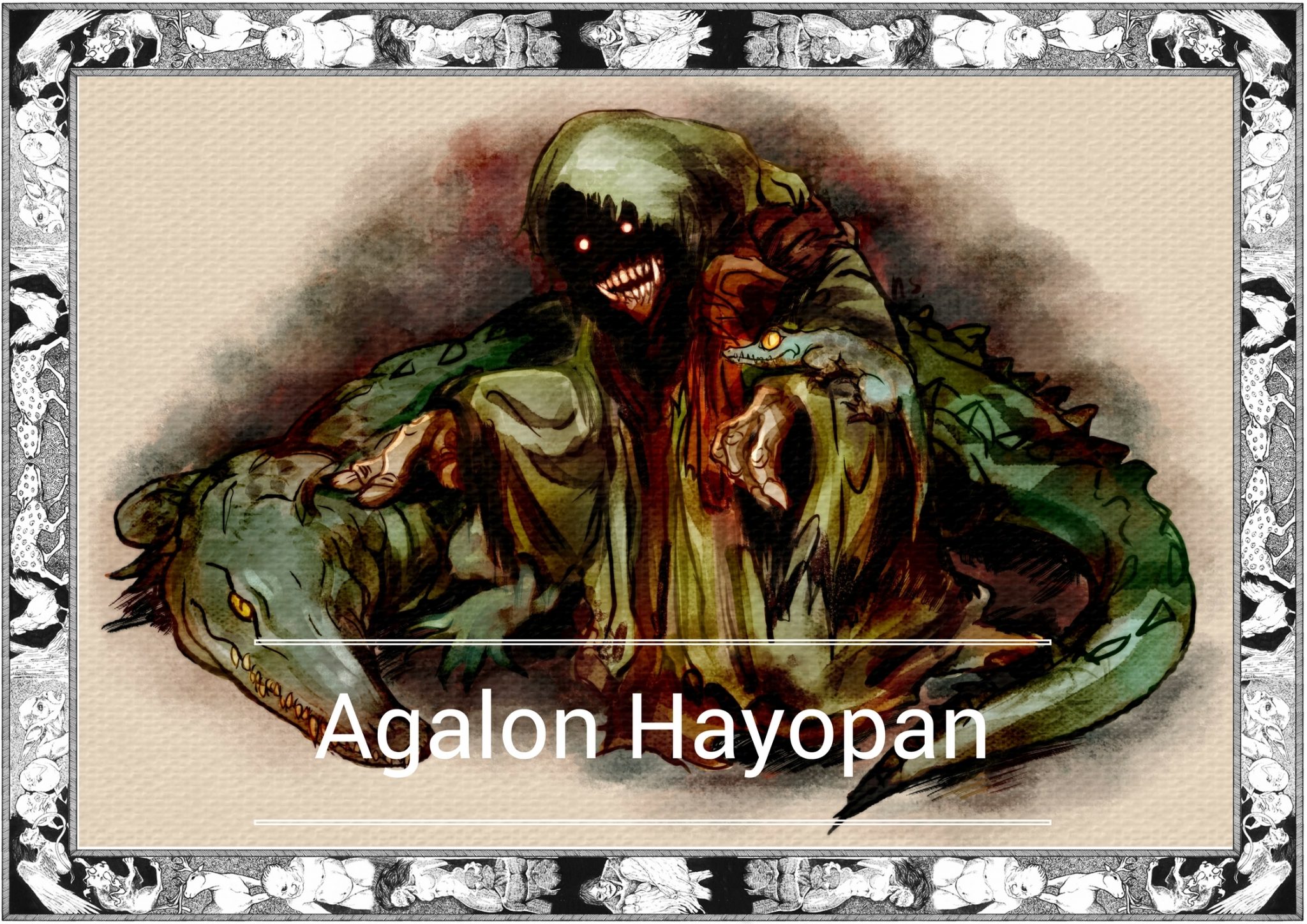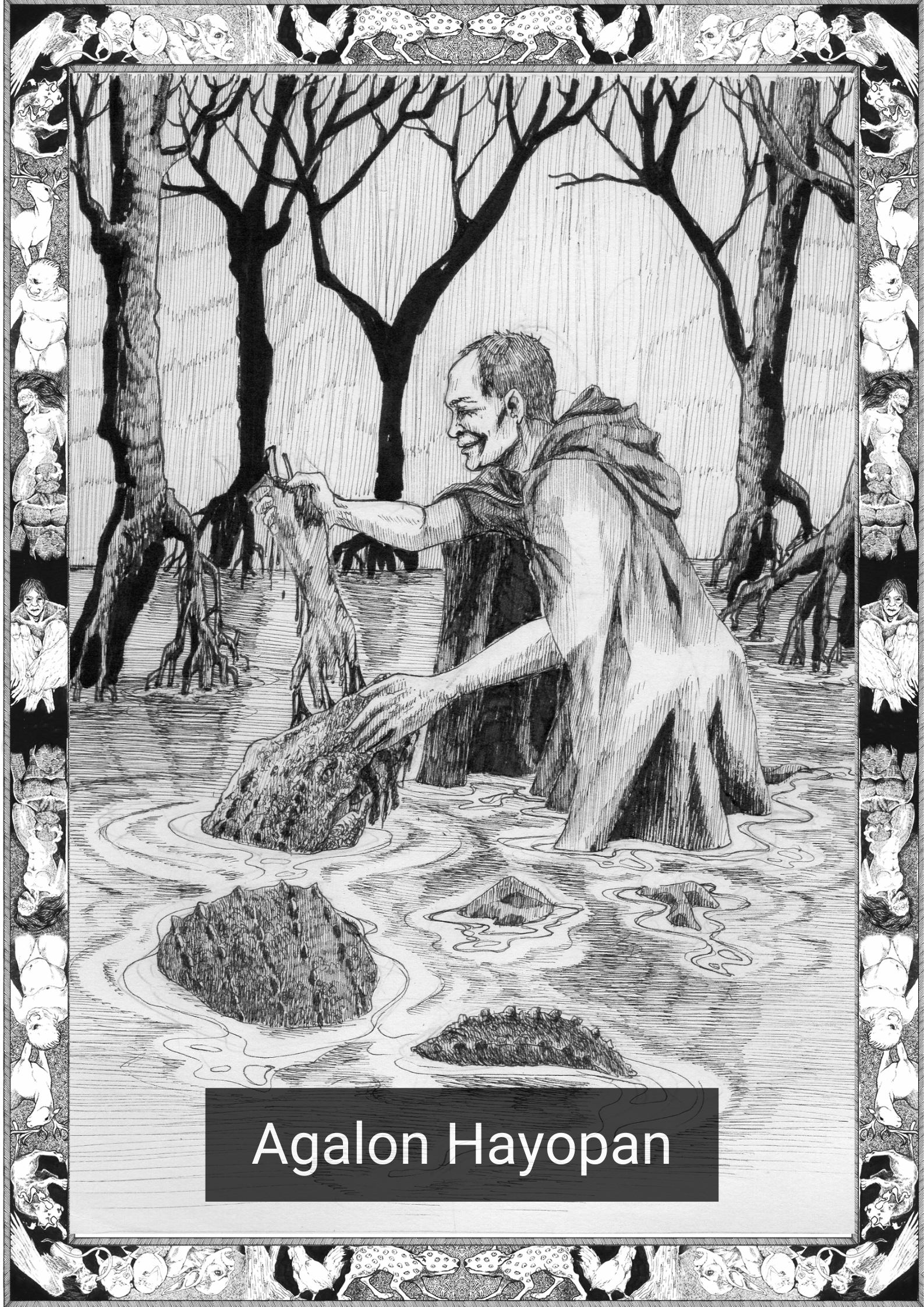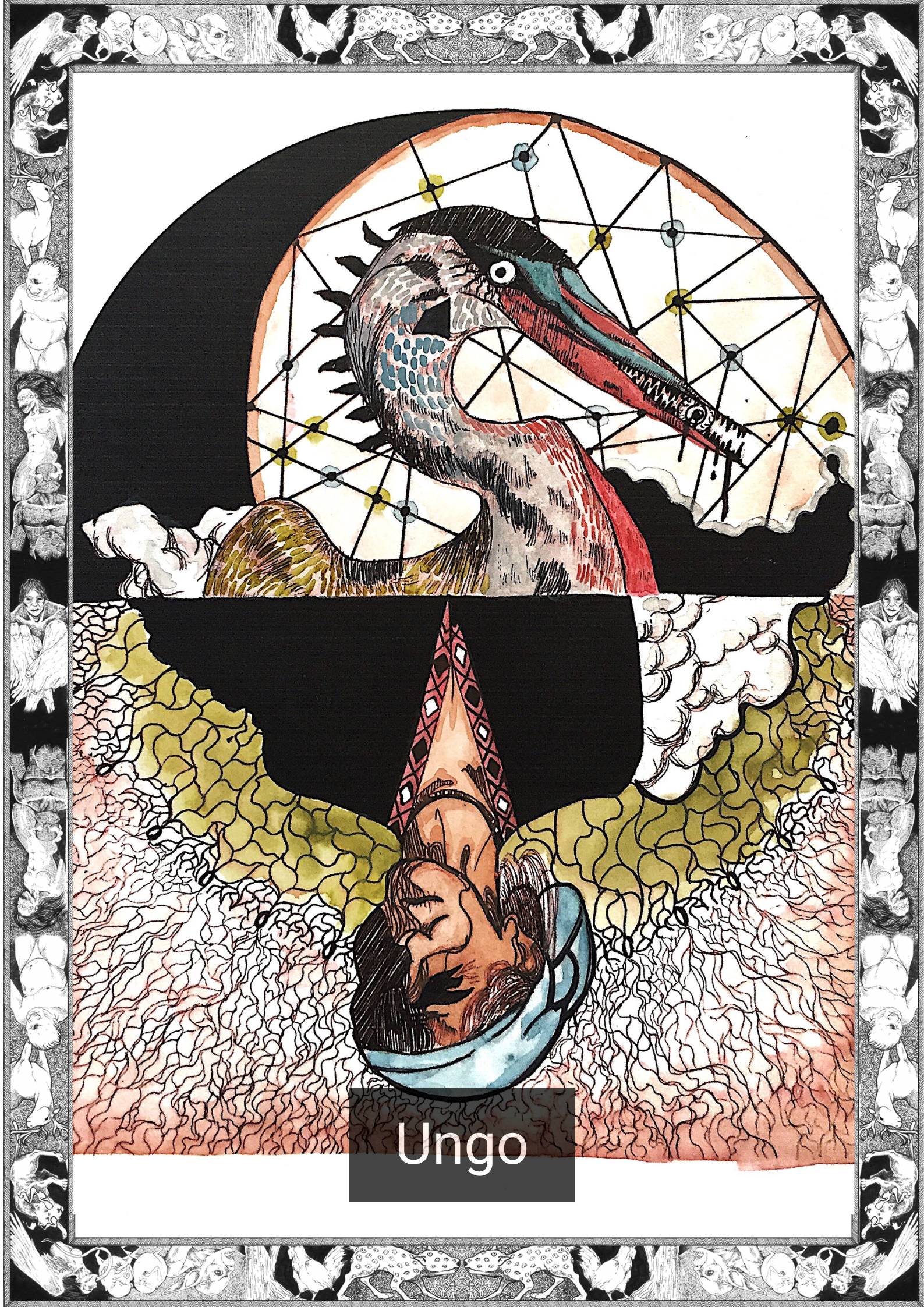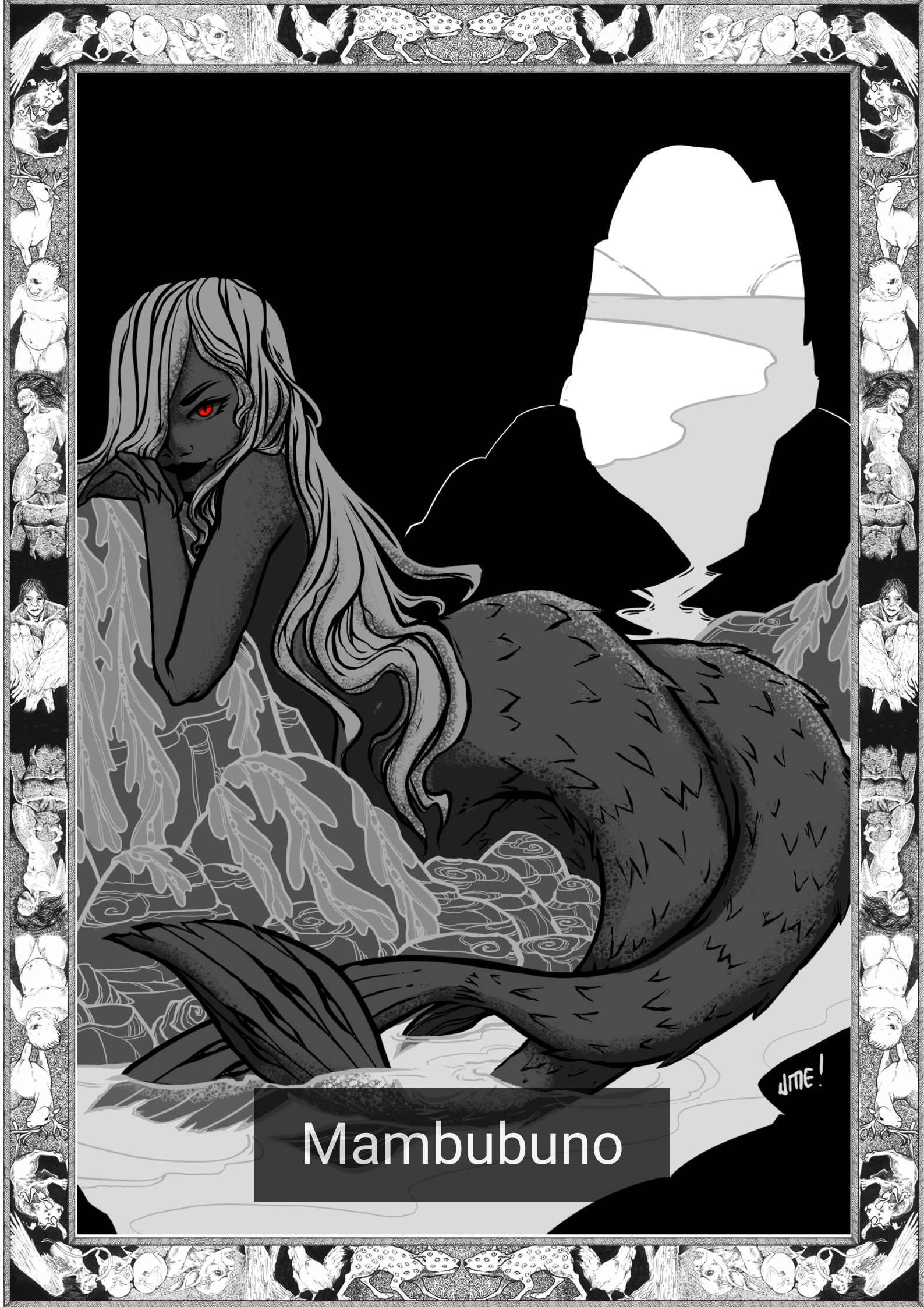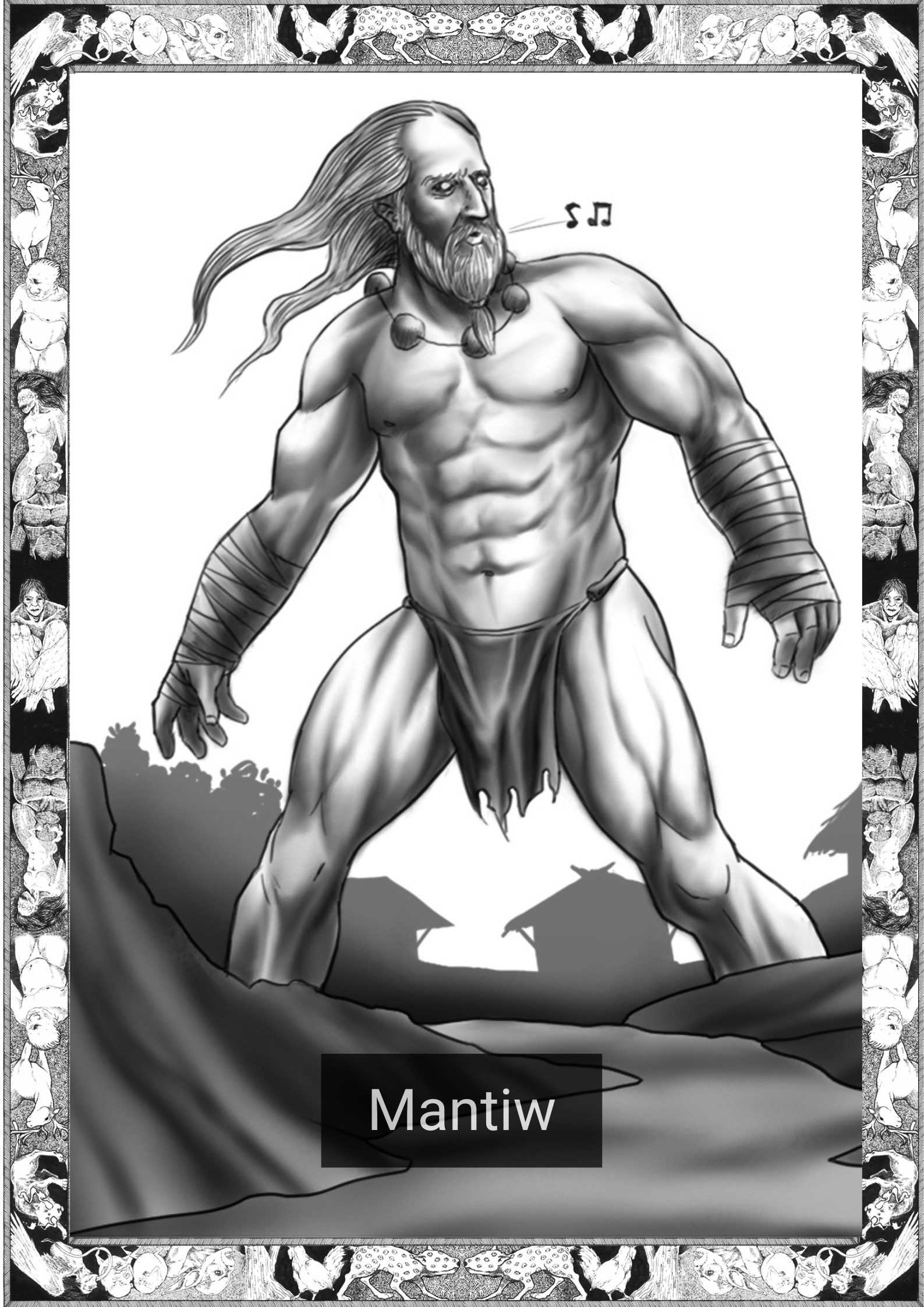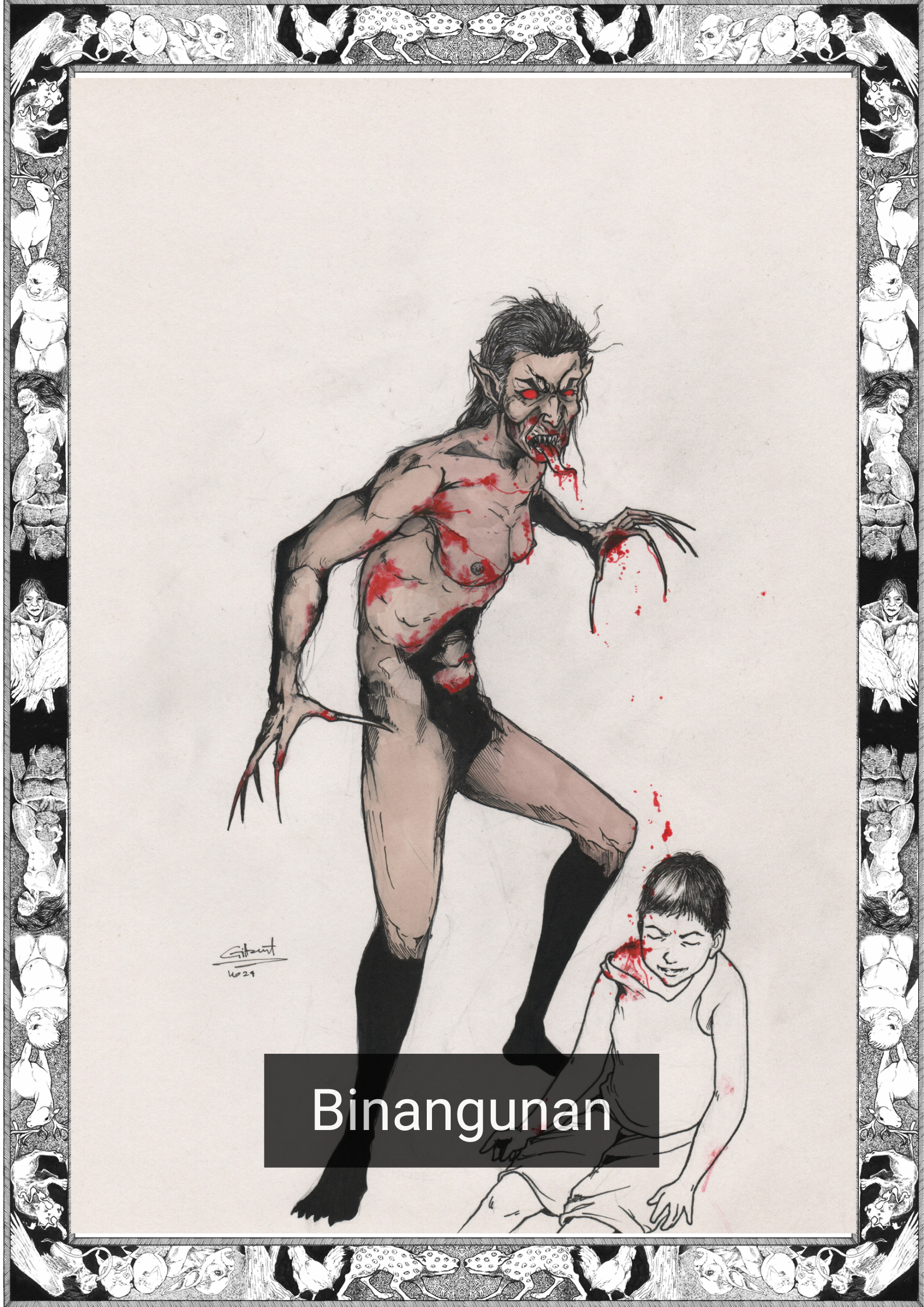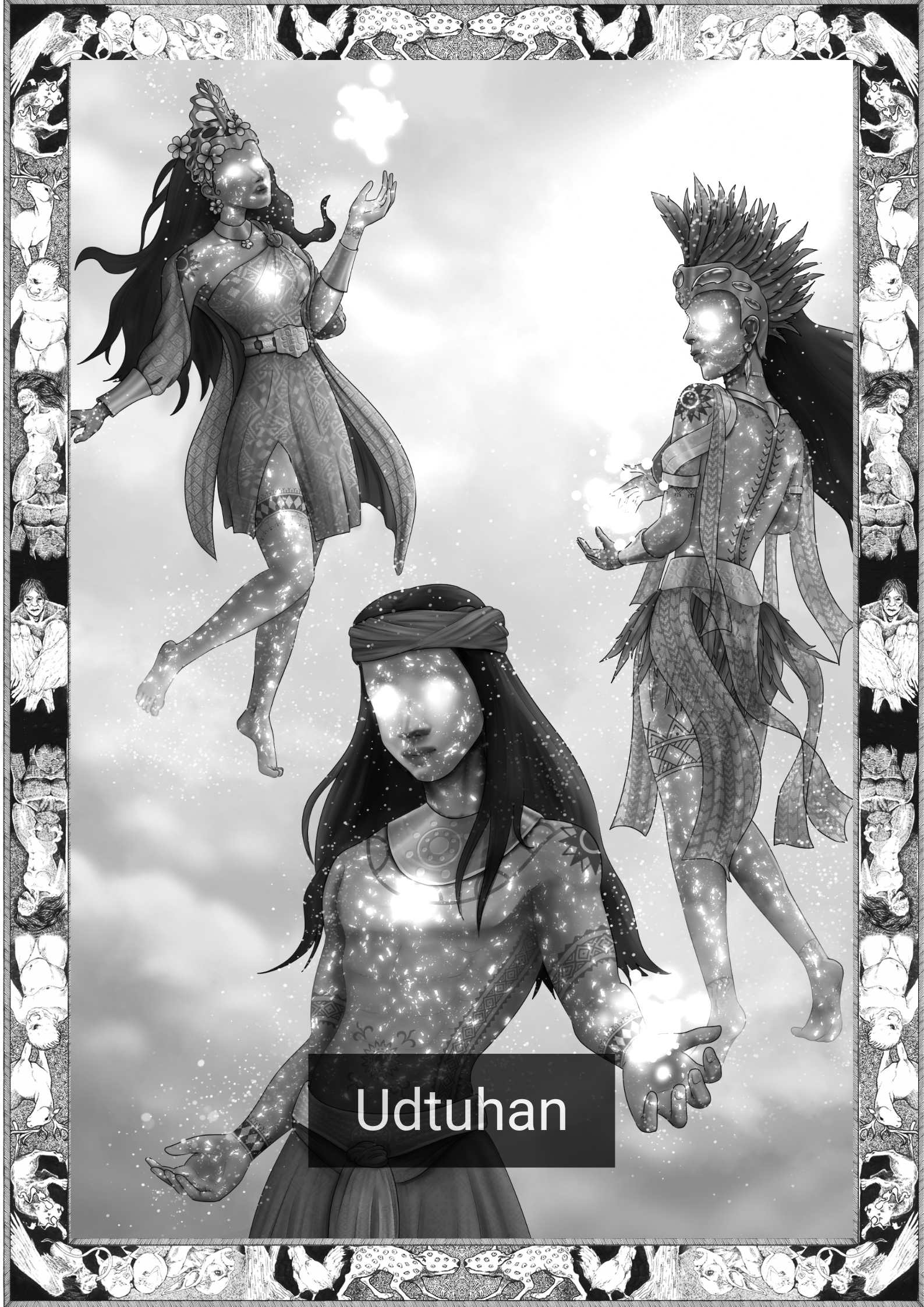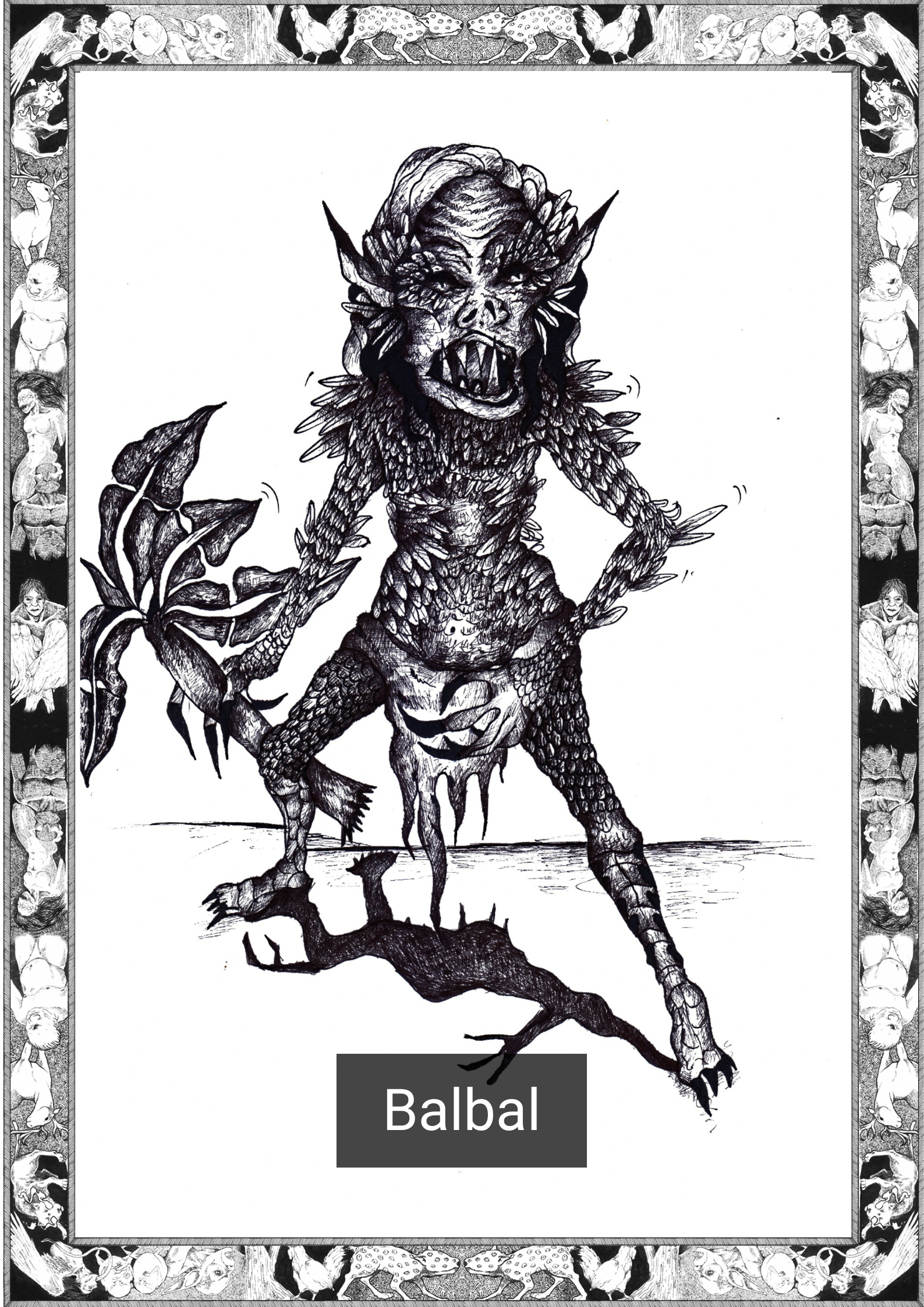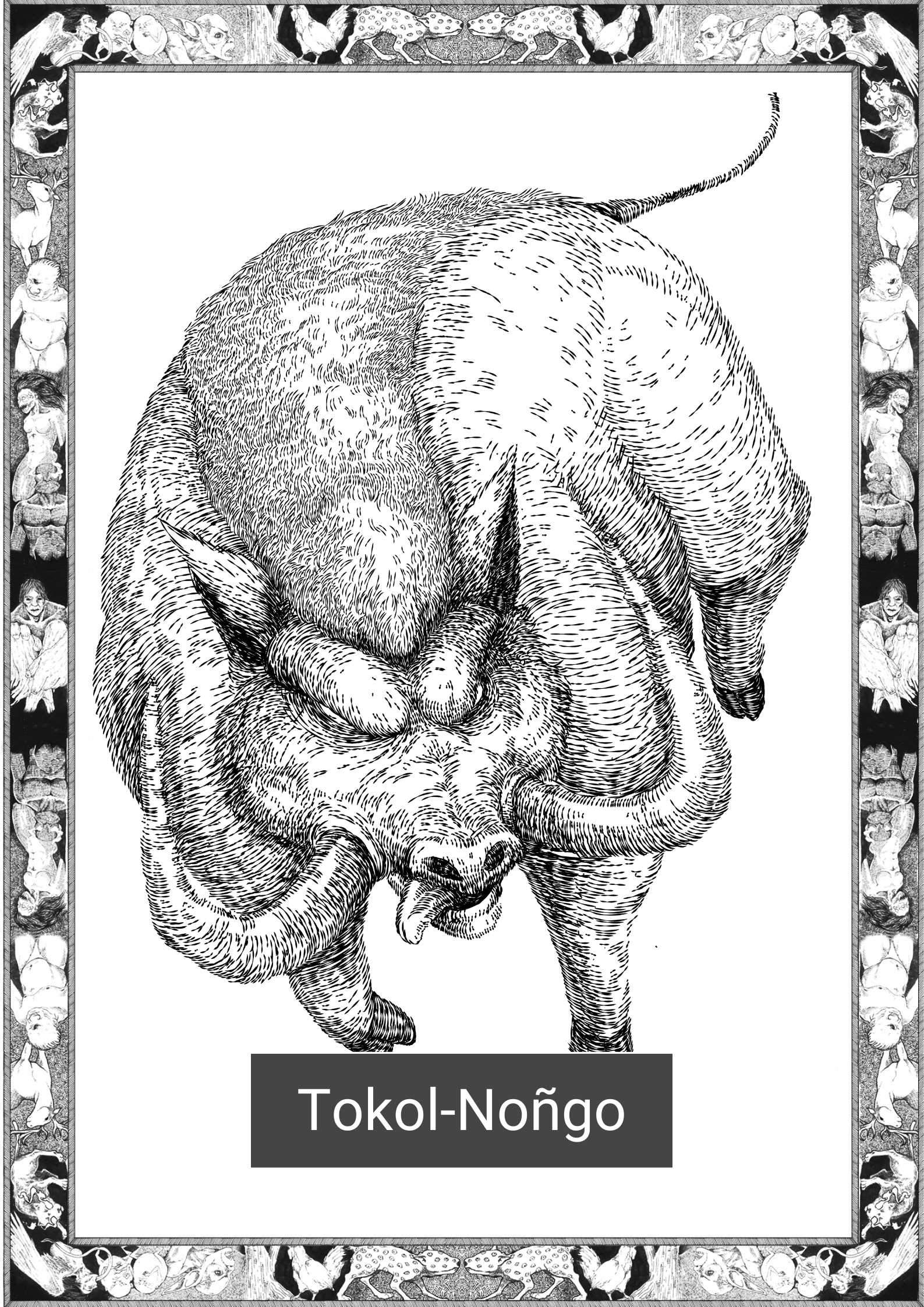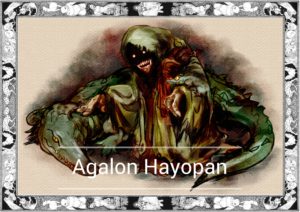
*Note this story is in Pangasinan
“Grrrah,” Inmakis so buwaya.
“Mampainawa ka la, magano lan onsabi so naakan, pian walay naakan tayon dua.” Maaron inkuan na aswang ed alaga to.
Mairap so mananap na ayep ed sarayan agew, amta na totoo a sayan pasen ed katakelan so pasen a panaganen na aswang tan say ayayep to, balet ag-itan makapangigapo ed sikato a mananap na naakan.
“Kaukolan tayo labat so onasingger ed baryo, tan mas onaligwas so amin a bengatla,” Say buwaya so nanngulngul lamet tan pinaseguroan na aswang. “Amtak, makalmo kami na pigaran ugugaw, amtak ya labalabay yo so panangan na saratan.”
Malikeliket ya inmawet so ikol na buwaya; pigay bulan to lan ag-agawa itan.
On, onasingger itayo ed baryo tan manggawa na patit. Naerel tayo iramay manlangoy ed gilig na ilog! Akiulop si aswang ed ayep to diad gilig na ilog.
Sikatoy narasan, tan ontan met so alaga to. Lapud panag-alwar na totoo, mairap so pananap na tagano. Say unor a panangan da et sakey a managsigay a dinmalan ed kaarawi na katakelan. Sikatoy mabisbiskeg tan maruksa, ya ag-itan labalabay na balang sakey ed sikara.
Say aswang et amin a imis balet. Amta to a dakdakel so naala ton ayep. Sikatoy lawas nanmatalek ed biskeg na ayayep to pian narel so tagano ra, agto singa arum ya aswang a mantikyab ed kaliberliber na baryo pian manaktakot ed saray totoo.
Sikatoy sakey ya agalon hayopan, sakey a klase na aswang a mamapabaleg ed saray buwaya pian mananap ya nabuwag da. Mabetbet a babalawen tan tatawagen na arum ya aswang a mangiras iray kapara ran totoo, balet agda amta so irap a kaukolan na sakey pian napabaleg labat so sakey a buwaya manlapud sakey ya iknol.
Nampalner lamet so alaga to tan inmelek. Pigay taon iran nankakasakey tan pinabaleg to iyan buwaya manlapu la’d inkaugaw to. Amta to iray ugali tan ugali to a singa met ed sikato. Sikara so agnibiig. Amta to a no walay kanen to, magmaliw lan mangiras.
“Wadia kami la,” so aswang tan say alaga to so akaalagey ed gilig na ilog.
“Panaon la pian mangala na naakan.”
“Grrrah,” so ebat na alaga to.
=—————————–=
English Version
“Grrrah,” The crocodile groaned.
“Hush now, the food will come by soon, then we will both have something to eat.” The aswang said lovingly to her pet.
Prey was hard to come by these days, the humans knew that this place in the swamp was the hunting ground for the aswang and her pet, but that wasn’t about to stop her from finding a meal.
“We just have to go closer to the village, and then everything will be better,” The crocodile grunted again and the aswang reassured him. “I know, we’ll find some children, I know how much you like the taste of those.”
The crocodile wagged its tail with joy; it had not had that treat in many months.
“Yes, let’s go nearer to the village and set a trap. We can catch the ones swimming by the river!” The aswang walked alongside her pet to the riverbank.
She was hungry, and so was her pet. Due to the human’s caution, food was hard to find. The last meal they both had was a fisherman that strayed too far into the swamp. He was stringy and tough, not a dinner that either of them savored.
The aswang was all smiles though. She knew that prey would be plentiful. She had always relied on the strength of her pet to catch their meals, she was not like the other aswang who would fly around the village terrorizing the humans.
She was an agalon hayopan, a kind of aswang that would raise crocodiles to hunt their prey for them. The other aswang would often jeer and call their kind lazy, but they would never know the hardship one would take just to raise a single crocodile from an egg.
Her pet grumbled again and she laughed. They spent years together and she had raised this one ever since he was a hatchling. She knew his quirks and quips just as well as he knew hers. They were inseparable. She knew that once he had something to eat, he would change back to his lazy self.
“We’re here,” The aswang and her pet stood by the river.
“Time to get some food.”
“Grrrah,” replied her pet.
=——————–=
*Pangasinan (Salitan Pangasinan) – sometimes called Pangasinense is one of the major languages of the Philippines. It is the language spoken in the province of Pangasinan, on the west-central seaboard of the island of Luzon along the Lingayen Gulf, the northern portion of Tarlac and southwestern La Union, most of whom belong to the Pangasinan ethnic group. Pangasinan is also understood in some municipalities in Benguet, Nueva Ecija, Nueva Vizcaya, and by the Aeta or Aeta of Zambales.
Written by Karl Gaverza
Translation by Nelmar A. Mallari, MDC
Copyright © Karl Gaverza
Translation Copyright © Nelmar A. Mallari, MDC
Inspired by the Agalon Hayopan legend from Bicol: Filipinas Volume 12, Page 53, Filipinas Pub., 2003
Agalon Hayopan Illustration by NightmareSyrup
Tumblr: http://
